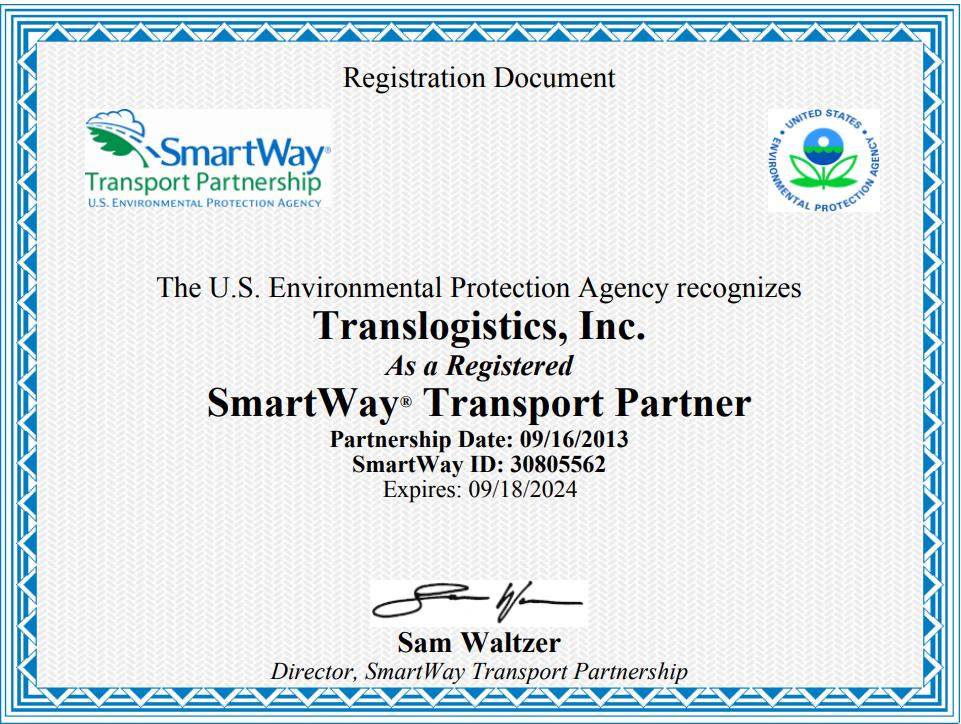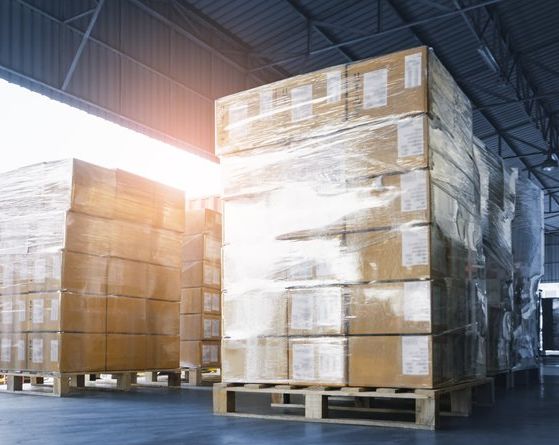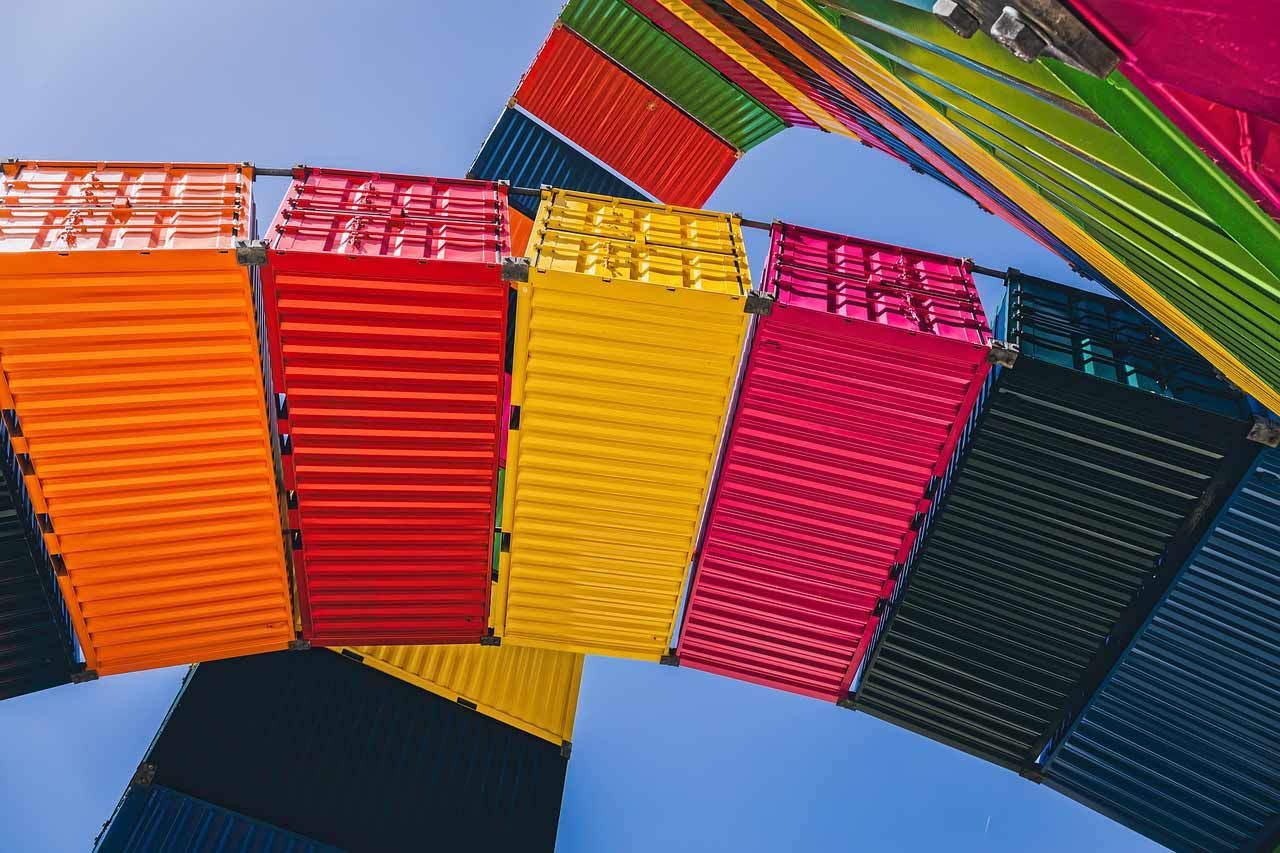What is meant by Green Logistics?
What is Green Logistics?
Green logistics encompasses all business practices that minimize the environmental impact of the logistics network and delivery processes.

Sustainable Logistics is Green Logistics
Sustainable logistics, or green logistics, ensures a robust bottom line while prioritizing customer satisfaction and the planet's well-being. Intelligent businesses are actively embracing sustainable logistics management, leveraging powerful technologies such as artificial intelligence, machine learning, and advanced analytics.
As enterprises transition towards greener logistics, they reap various benefits, including enhanced profitability and a commitment to corporate citizenship. However, a primary motivator behind this shift is customer demand. Customers and shareholders advocate for a circular supply chain that integrates reverse logistics and reject "greenwashing" tactics.
Shipper Focus: Reverse Logistics
Transporting returned inventory generates over 15 million metric tons of CO2 annually in the U.S. alone. Reverse logistics involves processes associated with returning items and goods backward through the supply chain. These processes encompass repairs, maintenance, returning defective items, reusing packaging, and recycling or reclaiming end-of-life products. Today, businesses primarily face reverse logistics challenges in handling customer returns, with online purchases contributing significantly to return rates compared to in-store purchases.
The rise of "subscription box" brands, particularly in fast fashion, exacerbates this issue, as their business model relies on customers selecting from a wide range of delivered goods and returning unwanted items. Projections suggest that global e-commerce returns could surpass one trillion dollars in the next decade.

Advantages of Green Logistics
Green logistics boosts long-term profitability by cutting waste, costs, and carbon emissions throughout the supply chain, leading to superior stock market and accounting performance for sustainable companies.
Businesses leveraging sustainable supply chains and green logistics attract not only customers but also corporate partners. Major corporations assess supplier sustainability through initiatives like the United Nations Global Compact or the Carbon Disclosure Project’s Supply Chain Program, prompting suppliers to invest in reducing their carbon footprints to secure partnerships.
Companies offering fast delivery, easy returns, and transparent insights into product origins and sustainability attract and retain customers, fostering long-term loyalty and growth.
Publicly embracing green logistics enhances corporate responsibility reputation, crucial in a climate where companies face scrutiny over their environmental impact. Failing to adapt, particularly in transitioning away from fossil fuels, risks reputation damage and competitive disadvantage.
In a competitive job market, companies emphasizing green logistics appeal to young professionals seeking employers aligned with their values, offering a recruitment advantage.

How do I deploy a Green Supply Chain?
Achieving green logistics requires collaborative efforts and involvement from all stakeholders. Here are some recommended steps:
- Collaborate with suppliers, vendors, third- and fourth-party logistics (3PL and 4PL) partners, and experienced advisors to develop eco-friendly procurement protocols and shipping options.
- Route freight with EPA Smartway certified partners!
- Use AI-powered technologies, such as supply chain freight invoice audit tools, to seamlessly integrate Transportation Management System (TMS) data with Enterprise Resource Planning (ERP) systems, ensuring accurate analysis of supply chain data.
- Engage with corporate networks to exchange logistics resources and transportation data-driven insights, developing networks and partnerships among typically competitive brands working towards a common goal.
- Develop strategies to optimize your loads, ensuring flexibility to handle fluctuating demand and prevent trucks from being routed half empty. Consider integrating micro-mobility vehicles like RGN hot shot carriers.
- Educate customers about the trade-offs between fast delivery speeds and sustainable choices. Using a mode optimization service can auto-consolidate inbound raw material.
Supply Chain Sustainability Questions
What is Green Logistics?
Green logistics is focusing on minimizing CO2 emissions during product transportation from point A to point B.
However, this sustainability extends to storage practices as well. For instance, insulating warehouses can conserve energy used for heating, thereby lowering emissions.
What are the cons of Green Logistics?
Green logistics comes with two drawbacks:
Increased costs: Adopting green logistics practices often demands investments in eco-friendly technologies, processes, and materials, thereby raising operational expenses.
Slower transit speeds: When optimizing freight through consolidation, a prevalent green logistics strategy, transit times may lengthen as shipments are combined to minimize environmental impact, possibly impacting delivery schedules.
What is Smartway Certification?
The SmartWay Certification involves collaboration between the Environmental Protection Agency (EPA), motor carriers, and freight brokers like TLI. It assists businesses in transporting goods using the cleanest and most energy-efficient methods, which enhances energy efficiency and reduces greenhouse gases and air pollution.
What is the biggest challenge of Green Logistics?
The primary challenges for shippers revolve around three main factors:
Cost: Implementing green logistics practices often entails additional expenses related to adopting eco-friendly technologies, materials, and processes, which can strain budgets and financial resources.
Changes to existing processes: Transitioning to green logistics requires significant adjustments to established workflows and procedures. This shift can be disruptive and may encounter resistance from stakeholders accustomed to traditional methods.
Lack of infrastructure and tracking capabilities: Many shippers face limitations in infrastructure and tracking systems necessary to effectively execute green logistics initiatives. Without robust infrastructure and tracking mechanisms, it becomes challenging to monitor and optimize environmental performance throughout the supply chain.
TLI Insights
Get the latest logistics insights and tips from Translogistics’ award-winning team. Stay ahead in transportation planning.
Questions? Email us at marketing@tli.email



